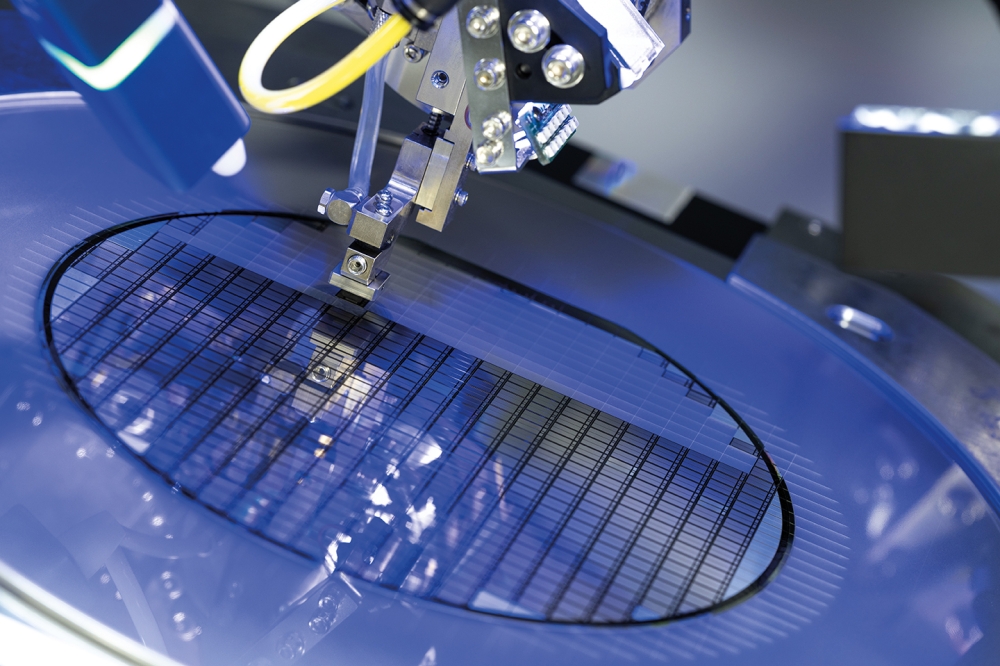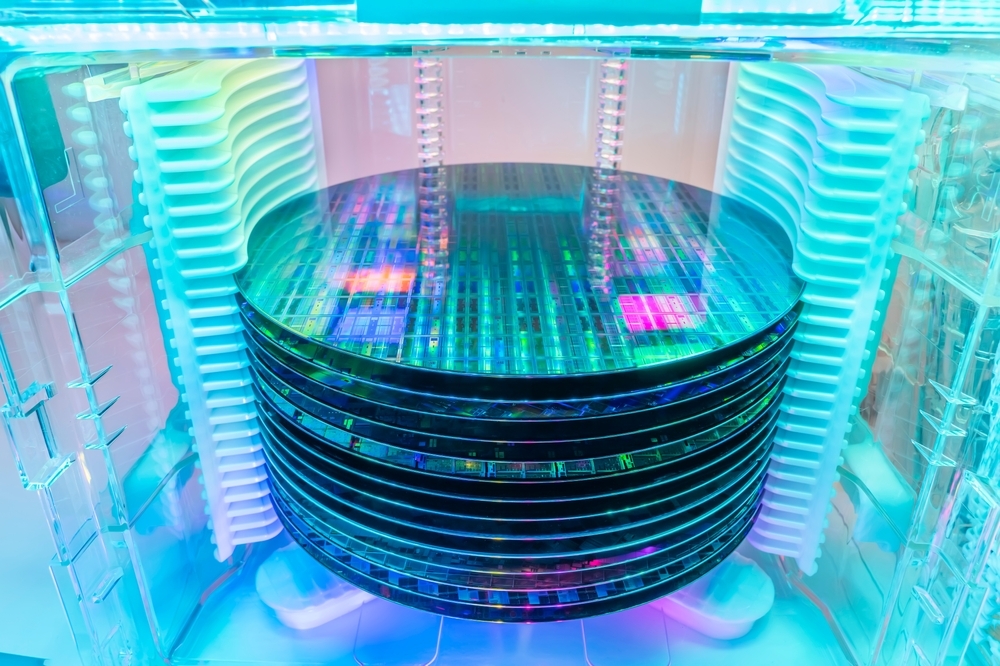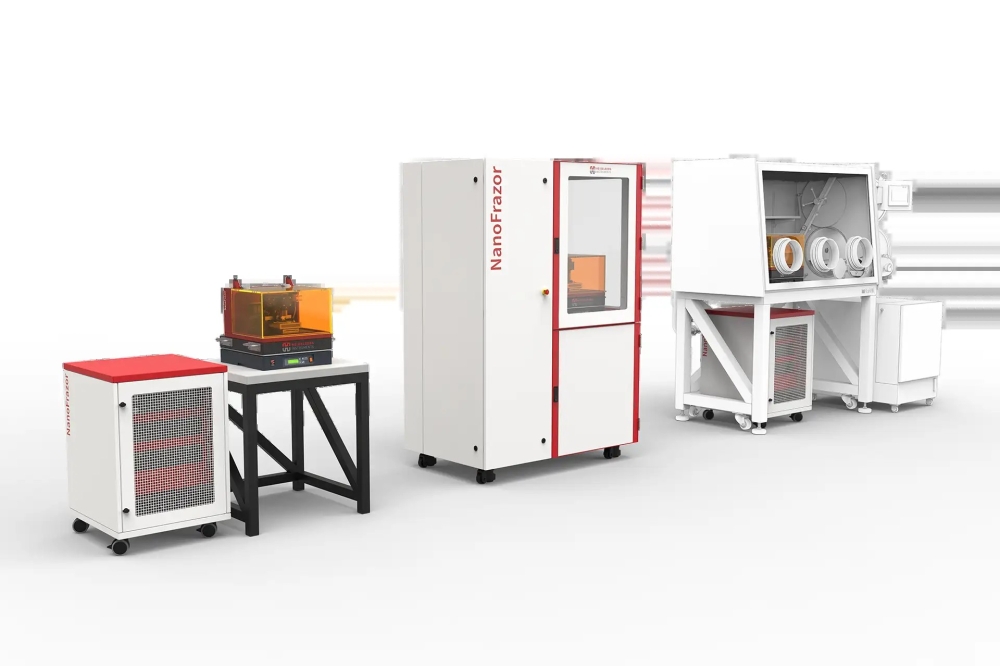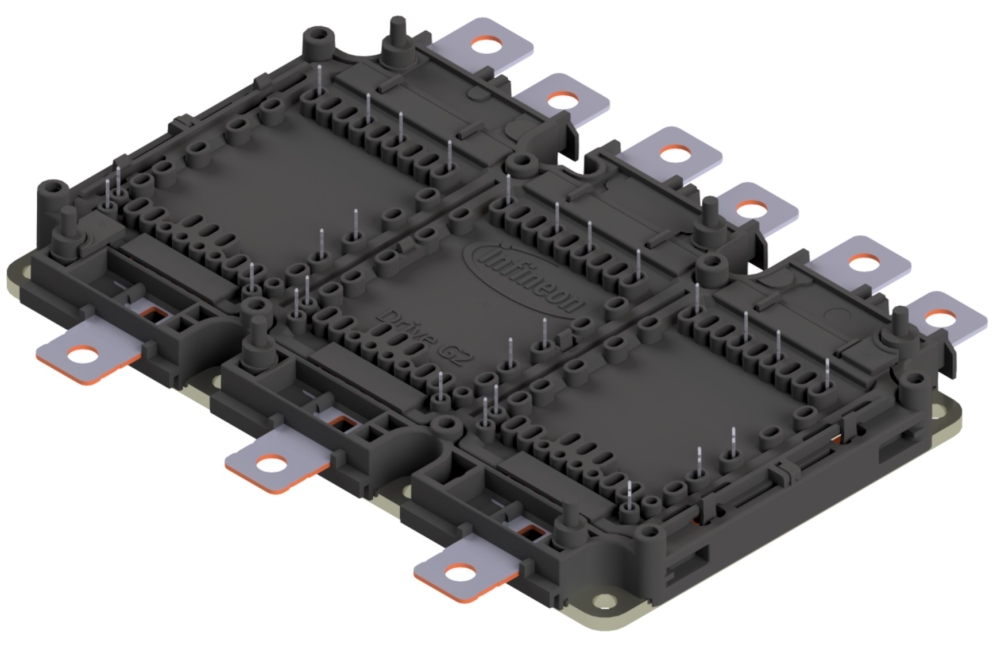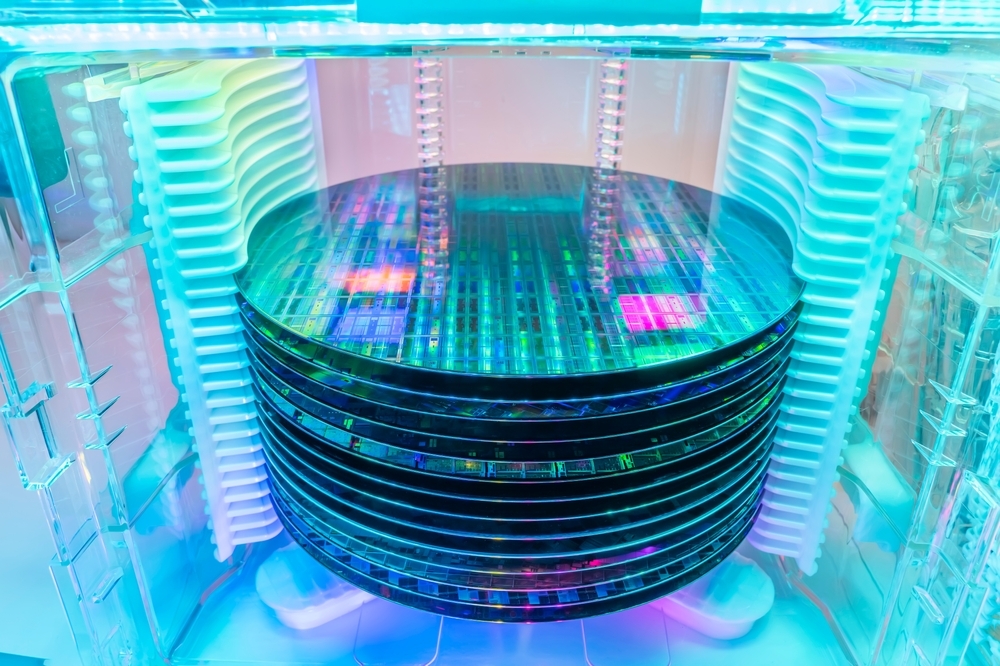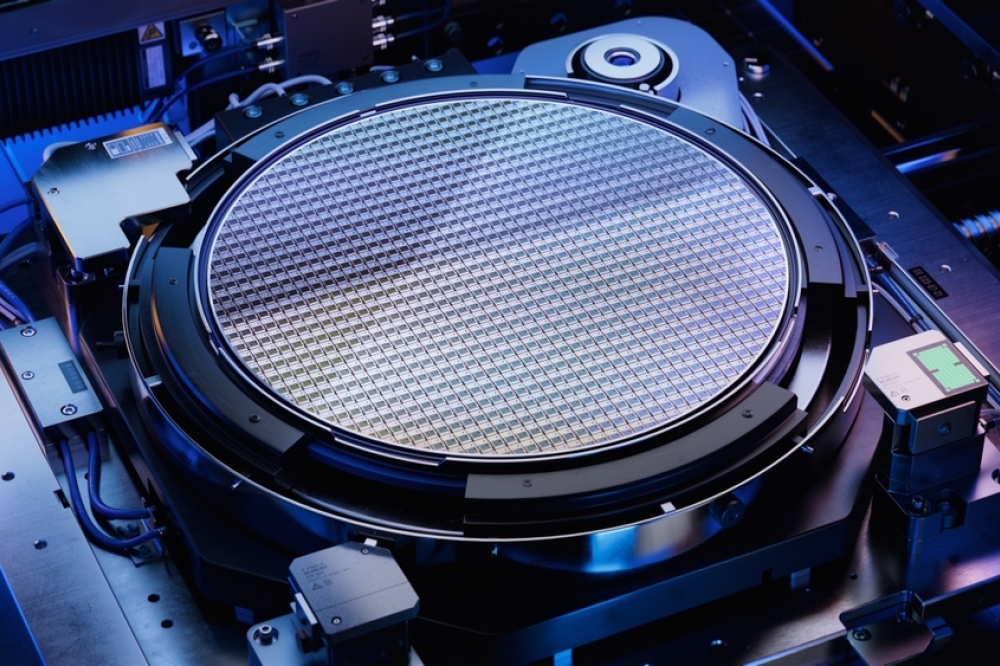Western Digital and AMD Address Memory Scaling Demand for Fast-Growing In-Memory Computing Workloads
Western Digital announced the latest memory extension solution with AMD to meet the need of a growing number of customers to scale addressable memory sizes of existing servers for business-critical in-memory workloads such as real-time analytics. The combined solution of AMD EPYC™ processors with the Ultrastar DC ME200 Memory Extension Drive expands memory footprints at a higher memory-per-core ratio, in a scalable and cost-effective way.
Western Digital is exhibiting at RedisConf19, April 2-3, 2019 in San Francisco on Pier 27, Booth #19, and will showcase how the Ultrastar memory drives can help cloud architects and DevOps leverage memory drive technology in a variety of servers and industry-leading processors to scale Redis™ in-memory data sets for larger memory pools with lower TCO. The Redis community will also learn how they can optimize Redis data management and operations for containerized microservices, conduct Redis backups, deploy multi-cloud architectures, and build innovative applications for web-scale performance.
“For customers needing access to a broader memory footprint at a higher memory-per-core ratio, a server using AMD EPYC processors and Ultrastar memory drives can significantly scale addressable memory sizes of existing and new servers for in-memory applications and databases,” said Raghu Nambiar, CVP & CTO, datacenter ecosystems and application engineering, AMD. “This means that customers can achieve increased productivity with additional cost savings from greater addressable memory density, as well as reduced data center operations and resource consumption.”
Introduced in October 2018, the Ultrastar DC ME200 Memory Extension Drive is drop-in ready and PCIe-device compatible for scalable in-memory computing to address higher application performance needs and increasingly dynamic workloads and architectures. The latest version of the Ultrastar memory drive now supports AMD EPYC processors so cloud architects, DevOps leaders and digital platform managers can accommodate ever-growing data sets onto larger memory pools by augmenting DRAM without requiring changes to existing Linux® OS and application stacks.
The Ultrastar DC ME200 Memory Extension Drive improves the AMD EPYC processor-based server memory-to-core ratio compared to conventional scale-out DRAM compute clusters using only DIMMs. The memory expansion scalability of the Ultrastar memory drives also enables lower TCO of in-memory infrastructure through consolidation. For example, a cluster holding 30TiB of data in memory, using 30 nodes of 1TiB each, can be reduced to only eight nodes with 4TiB system memory each, with the added benefit of increased per-node CPU utilization.1 The Ultrastar memory drive is an ideal solution for in-memory database engines like SAP® HANA®, Oracle®, IBM®, and Microsoft®, as well as scale-out memory-centric architectures, such as, Redis, Memcached, Apache Spark™ and large-scale databases.
“AMD EPYC processor-based servers, combined with Ultrastar memory drives, can greatly increase the amount of overall memory per server to provide more cost-effective data center infrastructure for in-memory applications,” said Eyal Bek, vice president, data center and client computing devices at Western Digital. “We are deeply committed to working with partners like AMD to improve the ability of digital business customers to grow data sets without the imposing data center infrastructure costs.”






